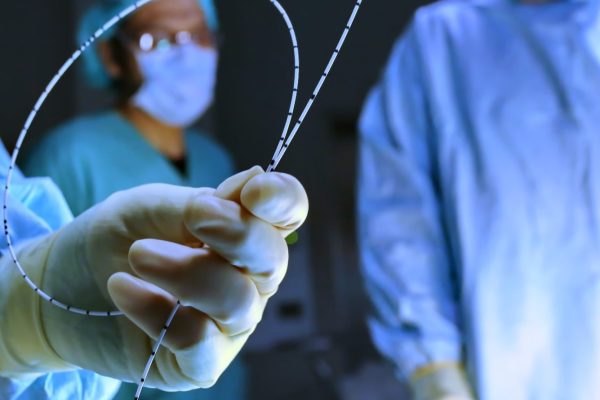Vascular Surgery in Iran
Vascular surgery encompasses a range of surgical procedures aimed at treating conditions affecting the blood vessels, such as blockages, aneurysms, or vascular malformations. For individuals considering vascular surgery in Iran, it is essential to have a comprehensive understanding of the factors that influence the process and consequently the cost of the procedure.
Vascular surgery is a surgical specialty dealing with vascular diseases that affect the arteries, veins, and lymphatic vessels. These conditions are managed by minimally invasive catheter procedures, medical therapy, and surgical reconstruction.
Many different vascular diseases, such as peripheral artery disease, aortic aneurysms, carotid artery disease, etc., can cause blood vessel damage and increase the risk of complications. Most vascular surgeries aim to:
-
Develop access to the blood vessels for medical therapies such as dialysis.
-
Repair blood vessel damage caused by vascular disease.
-
Reduce the risk of complications from these blood vessel problems.

